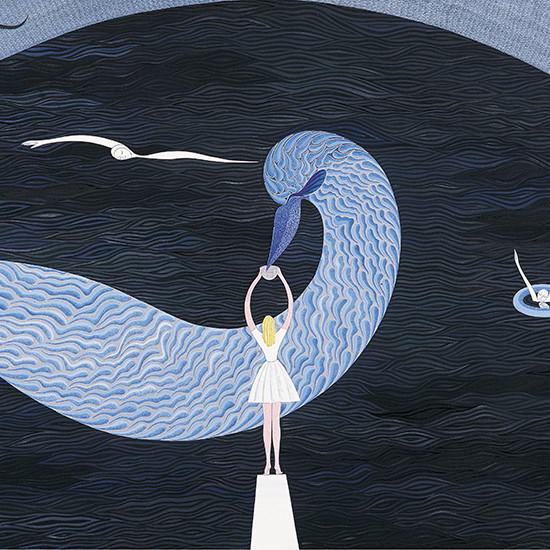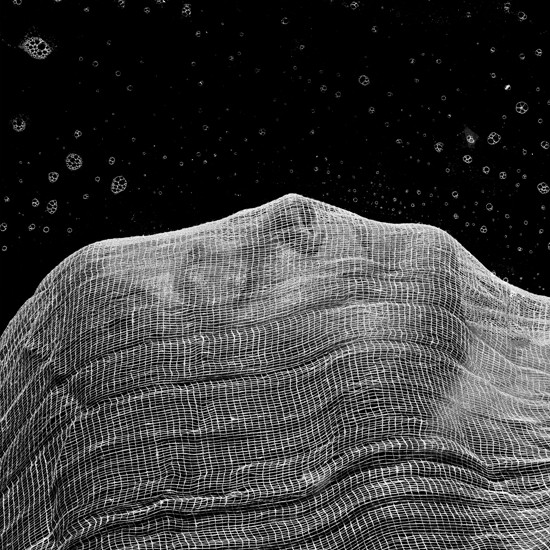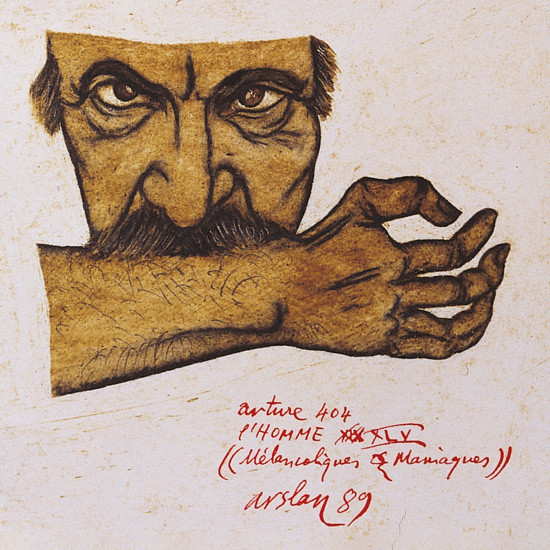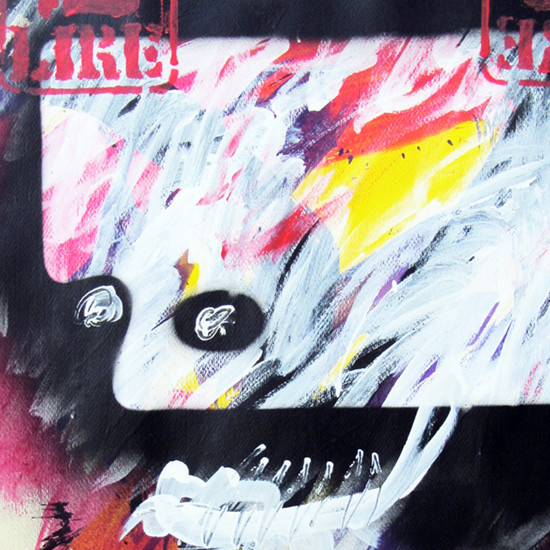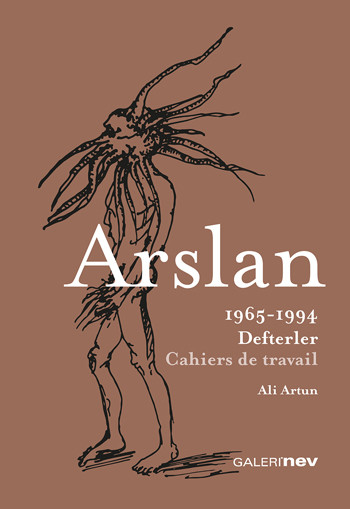Born in 1933 in Istanbul's Eyüp district to a family of migrant workers, Yüksel Arslan's intense commitment to the act of reading, which forms the basis of all his works, was triggered by the world classics he took refuge in during his youth. Arslan studied at the Institute of Art History at Istanbul University, driven by the idea of “painting in a way that has not yet been explored”.
After his graduation, his first exhibition was held at Galeri Maya in Istanbul where all his works were sold, enabling Arslan to buy the art books he craved. In one of these books, he came across prehistoric dye recipes consisting of soil, honey, egg white, fat, bone marrow, urine and blood... From 1955 onwards, by adding soap flakes, various herb, tobacco and tea leaf juices to this ancient recipe, he became first the inventor and soon the master of this unique technique. In 1958, his second exhibition "Fallism", opened at the German Cultural Center in Istanbul where his erotic and autobiographical works were received with widespread acclaim.
The same year, at the home of his master İpşiroğlu, Arslan met the poet and art critic Edouard Roditi. Roditi introduced Arslan to collectors and mentioned his work with praise to André Breton when he returned to Paris. Soon after, Arslan received an invitation from Breton to participate in the International Surrealism Exhibition, curated around the theme of eroticism. It is with this exhibition held at Galerie Daniel Cordier (December 1959 - January 1960) that Arslan moved to Paris in 1961. From then on, he would call his works "arture", combining the word "art" with the French suffix "-ure". His "artures" bear resemblance to the drawings of Renaissance engineers, early encyclopedic illustrations, fifteenth-century Middle Eastern miniatures, as well as prehistoric cave paintings with their subdued color palette.
In 1964, Arslan was invited to the exhibition “Surréalisme: Sources, Histoire, Affinités”, organized by Gallery Charpentier and considered one of the most important exhibitions in the history of Surrealism. The exhibition catalog refers to Arslan as the creator of an unreal world where troubles and obsessions were grafted onto each other.
On the eve of 1968, Arslan travelled back to Turkey where he stayed for two years and opened exhibitions. Returning to Paris in 1969, he focused on his reading of Marx, Engels and Lenin.
For the next half a century, continuously denying that he was an "artist", Arslan created the scenes of the new "Art(h)urian" myth with the patience of an archaeologist and the ardor of a laborer. In the grip of nightmares, illnesses, tortures, and sexual whims that can go astray at any moment, he inscribed the misfortune of "l’Homme", with the indifference of an exiled king.
In 1975, he completed his series of paintings of "Capital", the first to be published as a book, followed in the 1980’s by “Influences”, “Auto-Artures” and “l’Homme”.
In 2008, his drawings travelled to the New York Drawing Center. In 2009, Levent Yılmaz curated a retrospective exhibition of almost all of Arslan's oeuvre. The catalog of the exhibition became a reference book for Arslan. Between 2012 and 2013, two hundred of his works were exhibited at Kunsthalle Zurich, Düsseldorf and Vienna respectively. In 2013, Arslan was invited to the Venice Biennale. He continued to work on his creations, which he regarded as a 'testament', in his Paris studio until his death in April 2017. Immediately after his death, the Museum of Modern, Contemporary and Gross Arts in Lille hosted Arslan's works together with extraordinary objects selected from his studio, followed by Centre Pompidou in 2022.
